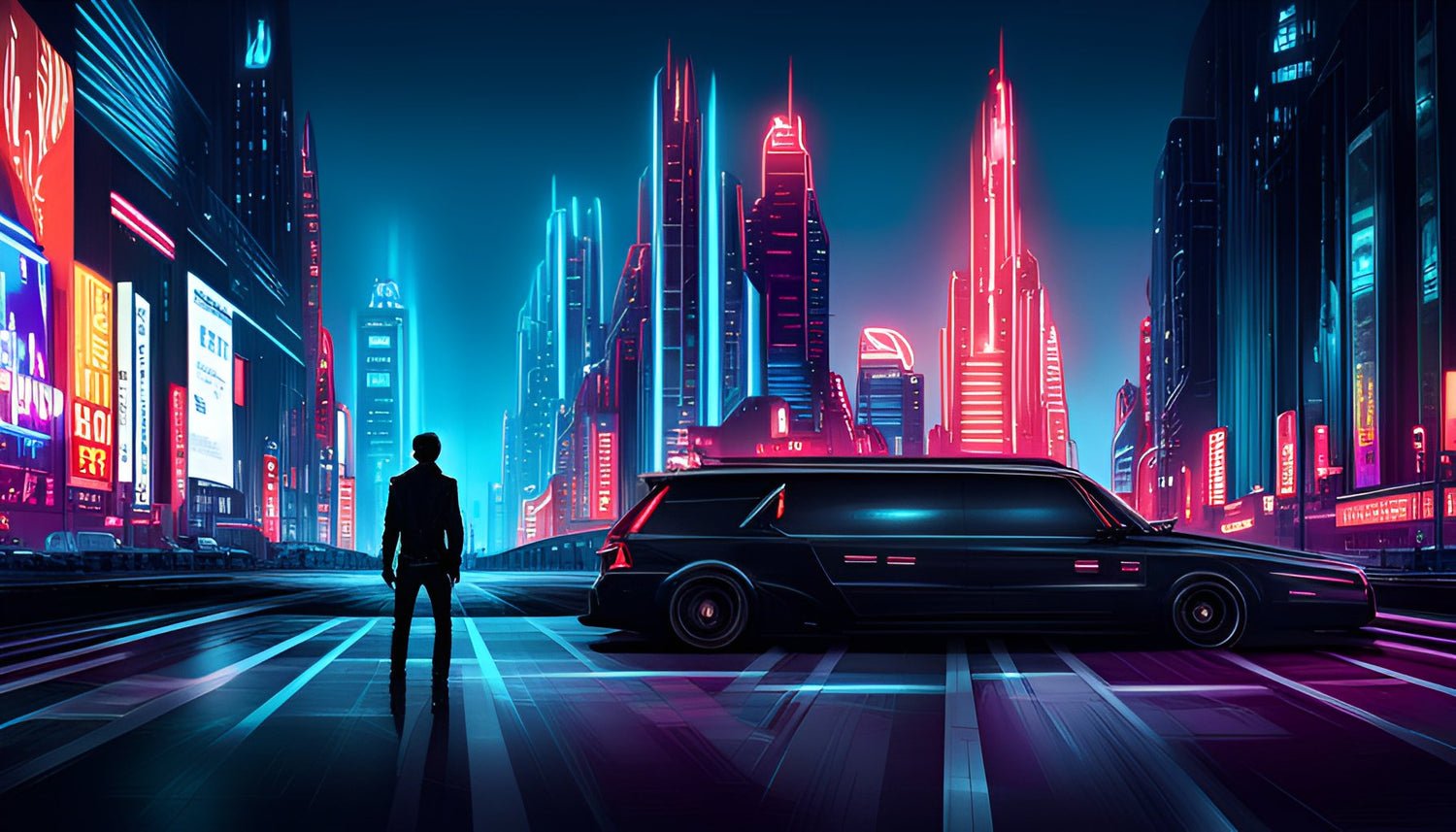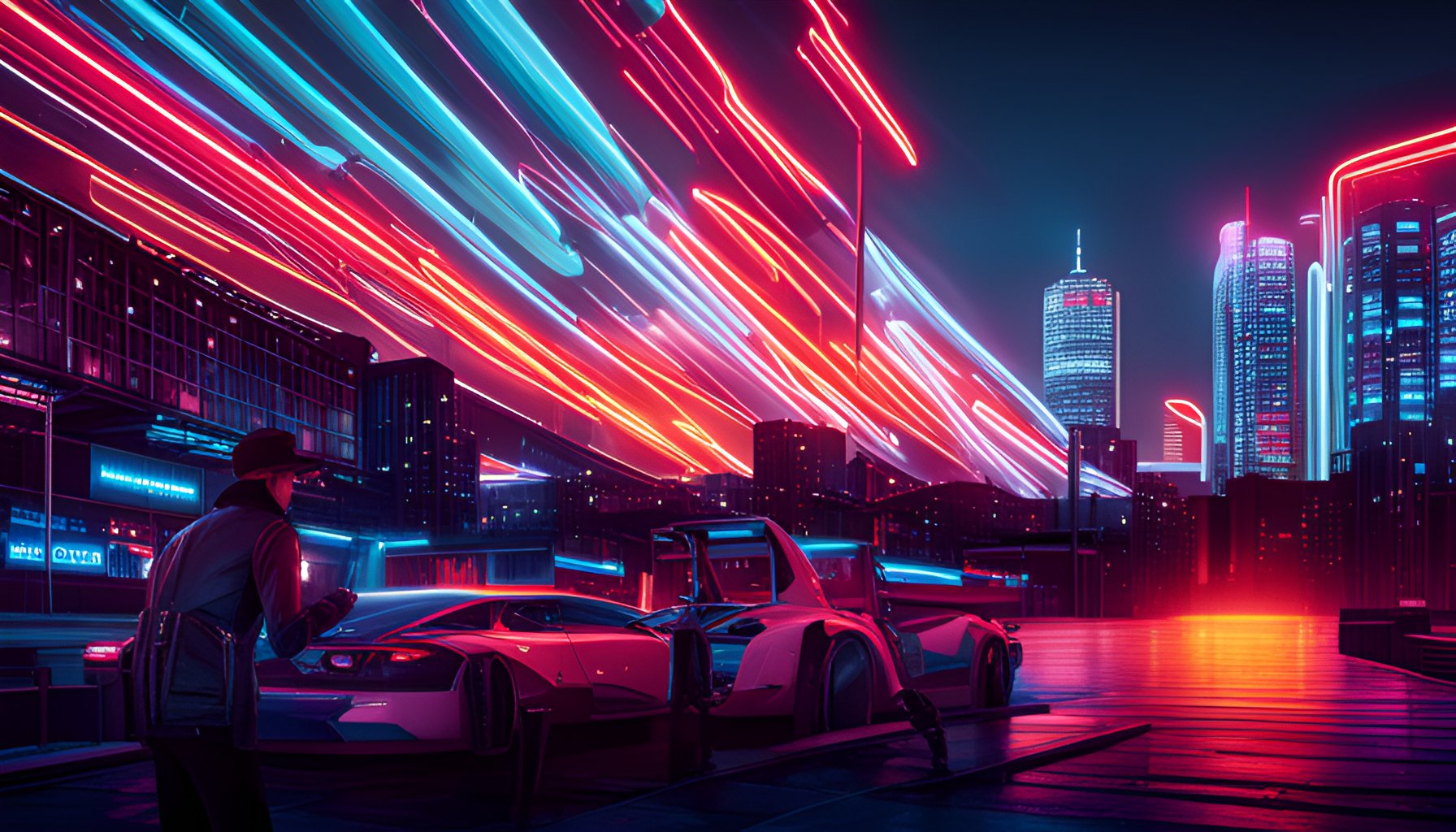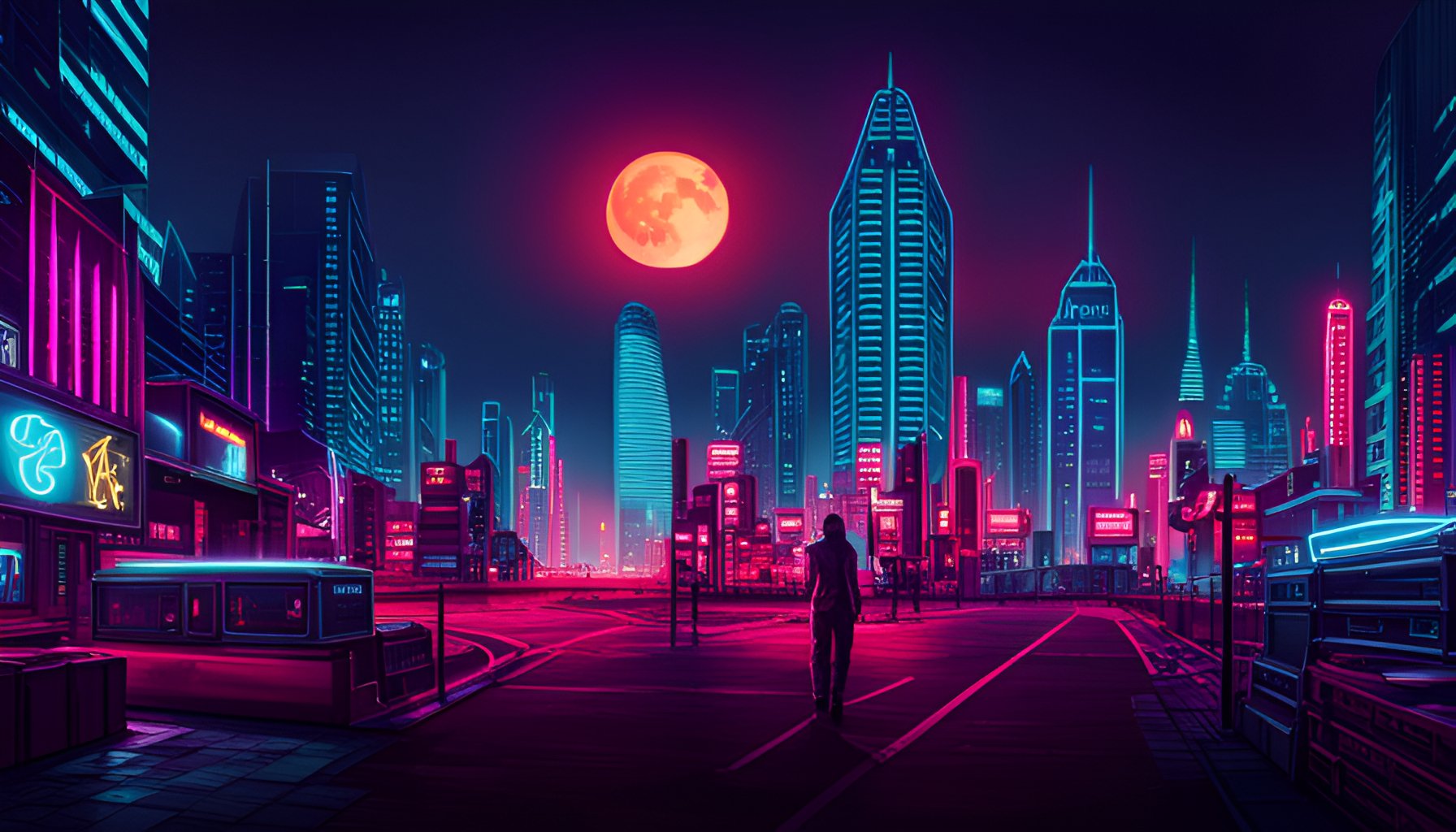Retro Futures: Neon's Influence on Futuristic Aesthetics
When we think of the future, images of sleek, minimalist designs and advanced technology come to mind. However, in recent years, there has been a resurgence of a retro aesthetic that incorporates neon colors and nostalgic elements from the past. This fusion of old and new, known as 'Retro Futures,' has given rise to a unique and captivating visual style that is making waves in the world of design.
The Rise of Neon
Neon, with its vibrant, glowing hues, first gained popularity in the 1980s as a symbol of the future. It was prominently featured in movies, commercials, and artwork, creating an atmosphere of excitement and anticipation for what was to come. However, as the years went by, neon fell out of favor, replaced by more subdued and understated color schemes.
Fast forward to the present day, and neon is experiencing a resurgence like never before. Designers and artists are embracing neon as a way to add a futuristic touch to their creations. Its bold and electrifying presence instantly grabs attention and creates a sense of energy and vibrancy.
The Power of Nostalgia
One of the reasons for neon's resurgence is the power of nostalgia. As humans, we often long for the past and find comfort in familiar elements. Retro aesthetics, including neon, tap into this longing and evoke a sense of nostalgia for a time when the future felt full of possibilities.
Retro Futures take this nostalgia and blend it with modern design principles to create a unique aesthetic that feels both familiar and forward-thinking. The combination of neon colors with sleek, futuristic shapes and forms creates a captivating contrast that is visually striking.
The Versatility of Neon
Neon's influence on futuristic aesthetics goes beyond just visual appeal. It also has the ability to evoke emotions and set a mood. The vibrant colors of neon can convey a sense of excitement, optimism, and even a touch of rebellion. This versatility makes neon a powerful tool for designers who want to create bold and memorable experiences.
Neon's impact extends to various design disciplines, including graphic design, fashion, interior design, and even architecture. Its timeless allure can be incorporated into logos, signage, clothing, and even entire spaces, transforming them into futuristic environments that transport us to an alternative future.
Neon in Graphic Design
In graphic design, neon is used to create eye-catching visuals that command attention. Neon typography, with its glowing letters and vibrant colors, can bring a sense of energy and dynamism to a design. It can be used to highlight important information or create a focal point that draws the viewer in. Neon effects can also be applied to icons and illustrations, adding a futuristic and modern twist to traditional imagery.
Neon in Fashion
Neon colors have made a bold comeback in the fashion industry. From neon dresses to accessories, these vibrant hues are being embraced by designers and fashion enthusiasts alike. Neon adds a futuristic edge to outfits, creating a sense of avant-garde style. Whether it's a neon-accented jacket or a pair of neon sneakers, these pops of color instantly elevate the overall look and make a bold fashion statement.
Neon in Interior Design
In interior design, neon is used to create striking visual elements within a space. Neon signs and lighting fixtures can be used as focal points, adding a touch of retro-futuristic charm to a room. Neon colors can also be incorporated into furniture and accessories, infusing the space with a vibrant and energetic atmosphere. Whether it's a neon-lit bar or a neon-accented bedroom, these design elements create a sense of intrigue and create memorable experiences.
Neon in Architecture
Neon has also found its way into the world of architecture. Buildings and structures are being adorned with neon lights, transforming them into landmarks that catch the eye and leave a lasting impression. Neon can be used to highlight architectural features, create dramatic entrances, or simply add a touch of futuristic flair to the overall design. From modern skyscrapers to retro-inspired facades, neon-infused architecture pushes boundaries and challenges traditional notions of what a building should look like.
Neon's Impact on Pop Culture
Neon's influence goes beyond design and has permeated popular culture. It has become synonymous with the retro-futuristic aesthetic and is often featured in movies, TV shows, and music videos that depict futuristic worlds. The neon-lit streets of cyberpunk cities have become iconic, creating a visual language that represents a harmonious blend of the past and the future.
Neon has also become a symbol of nightlife and entertainment. The vibrant glow of neon signs invites people into bars, clubs, and theaters, creating an electric atmosphere. The combination of neon lights, music, and social interaction creates an immersive experience that transports individuals to a different realm.
The Future of Retro Futures
The Retro Futures movement shows no signs of slowing down. As technology continues to advance and our world becomes increasingly digital, the allure of neon and its nostalgic appeal will likely continue to captivate and inspire designers. The fusion of past and future aesthetics allows us to reimagine what the future can look like, embracing both the excitement of progress and the comfort of the familiar.
So, whether it's a neon-lit cityscape, a retro-futuristic fashion statement, or a digital artwork that pays homage to the past, the influence of neon on futuristic aesthetics is undeniable. It adds a touch of nostalgia, a burst of energy, and a sense of wonder to our visions of the future.



Leave a comment
This site is protected by hCaptcha and the hCaptcha Privacy Policy and Terms of Service apply.